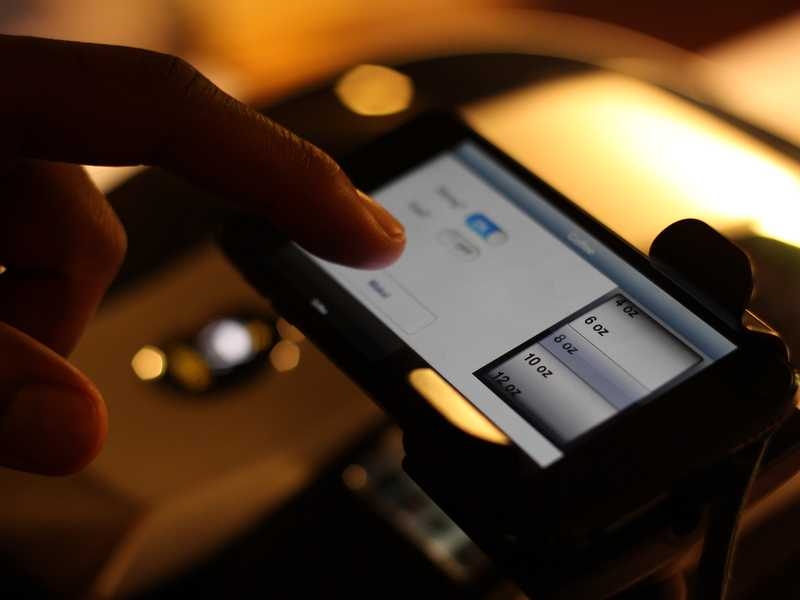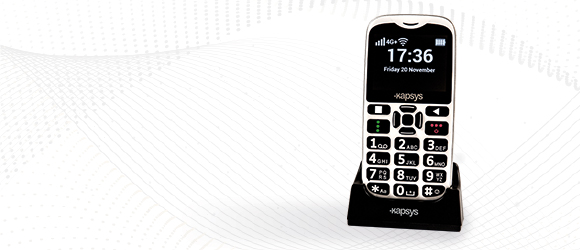Wearable Technology for Low Vision: A Revolution in Accessibility
Wiki Article
Empowering Self-reliance With Assistive Innovation for the Blind
The assimilation of assistive technology into the lives of individuals with aesthetic problems stands for a significant development in advertising independence and self-sufficiency. From cutting-edge display readers to innovative wise walking canes, these tools not just boost everyday navigation and interaction yet likewise equip customers to involve meaningfully in numerous facets of life. As we explore the myriad benefits and real-world applications of these innovations, it ends up being critical to examine the underlying elements that add to their effectiveness and the possibility for future developments in this important field.Overview of Assistive Technology

The development of assistive technology is based in principles of inclusivity and empowerment. Developments in software application, hardware, and sensory enhancements offer individuals with choices tailored to their particular needs. From screen viewers that transform message to speech, to responsive gadgets that communicate information through touch, these tools change the means people involve with their surroundings.
In addition to useful applications, assistive technology fosters better social incorporation and involvement in various sectors, consisting of education and learning and employment (Speech-to-text devices for low vision). As r & d remain to advance, the possibility for assistive innovation to further boost the lives of visually damaged people remains encouraging, leading the way for an extra equitable culture where everybody can thrive
Kinds of Assistive Devices
A selection of assistive gadgets have actually emerged to sustain individuals with aesthetic problems, each developed to meet certain requirements and enhance daily functioning. These tools vary from low-tech options to sophisticated innovations, providing diverse choices for users.Low-tech devices consist of magnifiers and large-print products that aid in reading and writing. Braille tools, such as Braille slates and stylus pens, make it possible for responsive reading and interaction. Alignment and flexibility aids, like white walking sticks, aid users navigate their atmosphere securely.
On the higher end of the spectrum, electronic magnifying systems and display readers use significant support. Electronic magnifiers enable customers to expand message and images on displays, while display viewers convert electronic web content into manufactured speech, helping with accessibility to details on mobile phones and computer systems.
Smart device applications additionally play a critical duty, offering functions like text recognition and navigating help. Wearable modern technology, such as clever glasses outfitted with augmented reality, is becoming a promising device to boost situational recognition.
Advantages of Assistive Modern Technology
The combination of assistive innovation considerably enhances the lifestyle for people with visual problems. These modern technologies empower users by promoting independence, allowing them to browse their settings better and do everyday tasks with greater convenience. As an example, display readers and zoom software application allow individuals to access digital information, cultivating professional and educational possibilities that may have previously been out of reach.Furthermore, assistive gadgets such as smart walking canes and GPS applications provide real-time navigating support, boosting wheelchair and safety. This raised autonomy not just enhances self-worth yet also encourages social interaction, allowing individuals to participate even more fully in their neighborhoods.
Assistive technology additionally helps with interaction, helping individuals connect with others with voice acknowledgment and text-to-speech applications. This ability is essential for preserving partnerships and accessing important details.
Additionally, the customization options readily available with several assistive technologies make sure that users can tailor gadgets to their details needs, additionally boosting use and effectiveness. Generally, the advantages of assistive modern technology for individuals with visual disabilities are extensive, advertising an extra comprehensive society where everyone can pursue their goals and ambitions.
Study and Success Stories
Highlighting the transformative influence of assistive innovation, various study show exactly how individuals with aesthetic disabilities have efficiently incorporated these tools right into their day-to-days live. One compelling example entails an university student that used screen analysis software to browse on the internet sources and scholastic materials successfully. This technology not just facilitated her education and learning however also improved her confidence in taking part in discussions and team projects.An additional situation research features a specialist who uses a mobile phone application made for navigation and things recognition. By utilizing this app, he has gained back autonomy in both his personal and work atmospheres, permitting him to commute separately and involve with colleagues better.
In addition, a retiree shared her experience with braille e-readers, which allowed her to access a vast array of literary works and remain gotten in touch with her neighborhood via book clubs.
These success stories highlight the essential function of assistive modern technology in fostering independence, improving top quality of life, and promoting social assimilation for individuals with visual disabilities (Mobility aids for visually impaired users). By welcoming these ingenious devices, customers can overcome difficulties and take chances that add to their individual and specialist satisfaction

Future Fads in Assistive Technology
Advancement in assistive technology is poised to redefine the landscape of assistance for people with visual disabilities. Arising trends highlight the assimilation of expert system (AI) and artificial intelligence, which improve the capability of devices that help with navigating and details accessibility. AI-driven applications are currently qualified of analyzing visual data in real-time, enabling individuals to engage with their setting extra individually.In addition, the growth of wearable modern technology is progressing quickly. Smart glasses geared up with augmented reality (AR) can give audio summaries of surroundings, transforming just how customers engage with public spaces. These devices not just promote autonomy yet additionally foster social addition.
Furthermore, the Internet of Points (IoT) is making homes smarter, permitting seamless connection between everyday devices and assistive gadgets. This connectivity encourages individuals by enabling voice-activated controls and automated feedbacks tailored to specific requirements.
Verdict
Finally, assistive technology plays a crucial function in encouraging individuals with aesthetic disabilities by boosting their self-reliance and involvement with their surroundings. The varied variety of tools and applications readily available not only promotes navigation and interaction but likewise advertises social integration and possibilities for professional and personal development. As developments proceed in this field, the capacity for boosting the quality of life for those with visual problems will broaden, cultivating greater autonomy and empowerment.
Report this wiki page